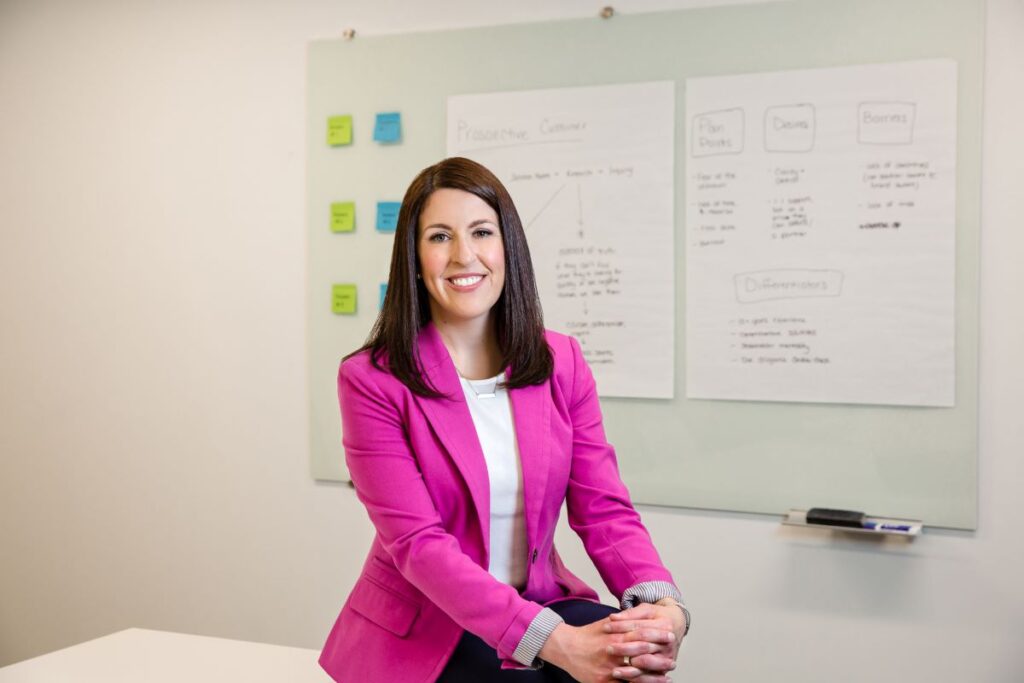How to Manage Money: I Will Teach You to be Rich
My goodness, June has been a blur, don’t you think? I do mean this in a good way though. At least in my little corner of the world, there’s a lot of energy, and people are creating their new normals (please world, let’s not slip back into the old normal)!
And then… during my Money Mindset call last week, Denise reminded us that we’re halfway through the year. In fact, we’re done with the financial year in some businesses and countries. Therefore, it’s time to take stock of how our businesses are tracking to goals; re-focus; and re-energize. So with that spirit in mind on this last day of June, let’s talk about how to manage money. If you feel like you need a very practical boost to your financial organization and goal setting, I’d love to share with you I Will Teach You to be Rich.

Author Ramit Sethi is all about the numbers and practicality. If you’re someone who tunes out whenever I talk about “yoga brain” or energy, then stay right here today! This book is for you – ha. It even has a 6 week action plan to clean up, organize, and make a debt payoff + investment plan that you can set and forget.
I picked up this book a couple years ago, after listening to the Ramit talk about his trademark “money dial,” as well as his opinion of prenups, which I found fascinating. As I’ve revealed before, in talking about my need for a “money ceiling” and Profit First allocations, I’ve always been a big saver. But as I entered what’s supposed to be the prime of my life, I couldn’t get a handle on “How much should I be saving in order to still enjoy my life now!?” I was tired of hearing my financial advisor say, “Well, it just depends on what you’re comfortable with.” I wanted someone to tell me exactly what to do!
There are 3 groups of people for whom I recommend this book:
- Those who love structure (aka me, ha). This educated me me on how much I should save in what vehicles (like very specific percentages); and then how much I got back for fun.
- I’ve also recommended it to Advisory clients who want a plan to start slowly saving and investing. After all, most small business owners have poured all of their money (and sweat! and blood! and tears!) into their business and haven’t had extra – nor the education – to pay their future selves.
- Those who want to get out of debt. Again, common for small business owners. In my part of the world, Dave Ramsey is a big influencer in this space, and I will controversially and bluntly declare: I’m not a fan of the human, nor the company. While objectively, the methodology isn’t bad (basically the same as Profit First), the way they execute and make people feel in the process, is so not okay with me. (There, I said it. I’ll await Nashville’s backlash).
One client recently told me how much they loved it, after using the plan to pay off $25K personal and business debt). So, surprise surprise, I asked how it helped them. Here’s what they said:
Reading it with my partner created common ground.
For this couple, where money is a touchy subject (true for so many of us, right?), it equalized things. The book gave them a common language and plan that they could both enroll in, in partnership. There was no hierarchy and no one in charge or better informed than the other.
I decide what my “rich life” looks like.
This ties back to the Money Dial mentioned above. One of the cool concepts that Ramit introduces is that we should all have our own version of a rich life (and each person’s is very personal; one person’s rich life is not another’s). Once we decide what our own rich life looks like, it’s our decision of where to turn up the money dial. He argues that we should each have pockets of our life, where we consciously spend a lot (relatively speaking). Those are the areas that bring us the most joy, fulfillment, or ease. And then, cut back on the rest. For example, this client doesn’t want a fancy car; but they do want a Tudor – or “professor” house – as they call it 🙂 one day.
It removes shame around debt.
This book is very objective, 1-2-3, and numbers based. It normalized the fact that debt is real and common, and lots of us have it, and that’s that. Wallowing in guilt isn’t helpful; so instead, let’s
1) Declare that ridding ourselves of debt is the top priority and
2) Design and execute a plan to move forward.
Our money now has a job.
This client expressed to me that within this structure, all their money now has a job. They’ve paid off over 80% of their debt in 3 years(!!!); and now, it is time to think about the extras. Whether they receive an unexpected gift or their business pays them a quarterly profit distribution, there’s an unemotional, I-don’t-have-to-think-about-it system. For now, paying off debt and building an emergency fund are the priority, and then as we complete those goals, this person is already setting up an IRA. Paying their future self is their money’s next job.
You know that this year at Ellevated Outcomes, we’re all about Money & Meaning. We believe that a rich life today is not the rich life of yesterday. And every bit of our work is tied to an important purpose: putting more money in the hands of good people. Small business owners, creatives, entrepreneurs who want to build businesses with integrity. If you’re a small business owner who wants more money and you want help with how to manage your money, we’d love to see if we can help. If you’re looking for your own personal rich life plan, I Will Teach You to be Rich is a great place to start!
image by @mikeluci


